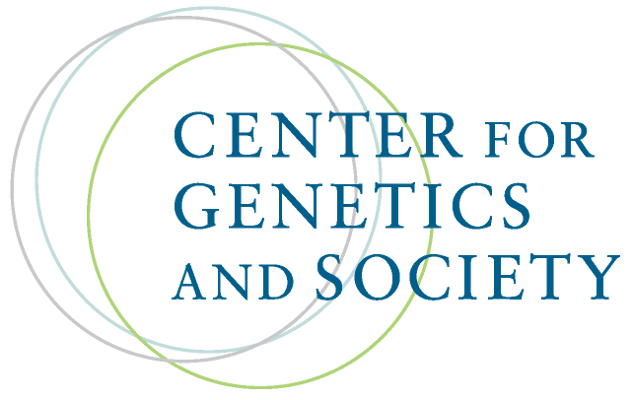The Color of Our Genes
By Osagie Obasogie,
Science Progress
| 06. 15. 2009
Balancing the Promise and Risks of Racial Categories in Human Biotechnology
A group of faculty members from Stanford University recently published a set of guidelines for using race in human genetics research. These guidelines, called the “Ten Commandments of Race and Genetics” by the New Scientist, provide both a descriptive account of the relevance of race to biomedical research and normative suggestions that call for using racial categories in a responsible manner.
These recommendations come at a time when the race and genetics conversation is at a fever pitch. Many hope that advances in human biotechnology will yield profound medical, scientific, and social advances. But what often goes unacknowledged is that if we are not extremely careful, commercial and forensic applications utilizing human biotechnology may resuscitate harmful ideas about the significance of genetics to understanding racial difference and the cause of racial disparities. To help mitigate such misunderstandings, policy tools such as race impact assessments should be adopted widely across several regulatory agencies. By facilitating greater engagement between public policy and human biotechnology, race impact assessments can provide a forum for multiple stakeholders to work with government...
Related Articles
By Emily Glazer, Katherine Long, Amy Dockser Marcus, The Wall Street Journal | 11.08.2025
For months, a small company in San Francisco has been pursuing a secretive project: the birth of a genetically engineered baby.
Backed by OpenAI chief executive Sam Altman and his husband, along with Coinbase co-founder and CEO Brian Armstrong, the startup—called...
By Jessica Hamzelou, MIT Technology Review | 11.07.2025
This week, we heard that Tom Brady had his dog cloned. The former quarterback revealed that his Junie is actually a clone of Lua, a pit bull mix that died in 2023.
Brady’s announcement follows those of celebrities like Paris...
By Emily Mullin, Wired | 10.30.2025
In 2018, Chinese scientist He Jiankui shocked the world when he revealed that he had created the first gene-edited babies. Using Crispr, he tweaked the genes of three human embryos in an attempt to make them immune to HIV and...
Public domain portrait of James D. Watson by Cold Spring Harbor Laboratory
and the National Human Genome Research Institute on Wikimedia Commons
James Watson, a scientist famous for ground-breaking work on DNA and notorious for expressing his antediluvian opinions, died on November 6, at the age of 97. Watson’s scientific eminence was primarily based on the 1953 discovery of the helical structure of DNA, for which he, Francis Crick and Maurice Wilkins shared the 1962 Nobel Prize in Physiology or...



